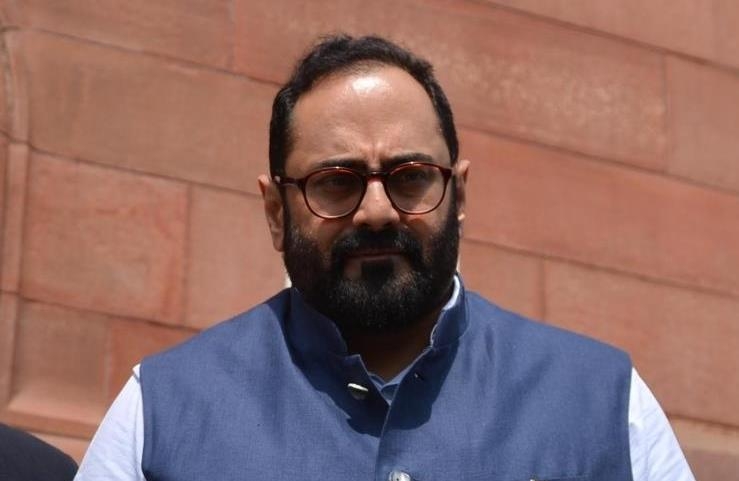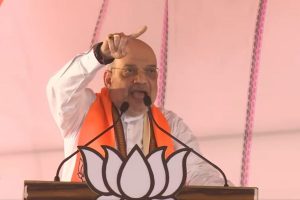The Centre on Tuesday said that the upcoming Digital India Act (DIA) will strictly deal with misinformation and ‘high-risk AI’ to prevent user harm, and the first draft of the Bill is expected by the first week of June.
In the second round of pre-drafting public consultations with various stakeholders, here Rajeev Chandrasekhar, Union Minister of State for Electronics and IT, said that amid the growing threat of AI-related misinformation, the government will create necessary guardrails and a part of DIA will address “high-risk and deep fake AI”.
Advertisement
“We are not going to regulate AI but we will create guardrails. There will be no separate legislation but a part of DIA will address threats related to high-risk AI,” said the minister.
The DIA will be an enabler for startup innovations in the country.
“Prime Minister Narendra Modi is very clear that anything the government does should not cause difficulties for innovation in the startup space,” Chandrasekhar told the gathering.
“We will be extremely sensitive to this. It is not in our intention at all to make things difficult for startups. DIA will be an enabler for startup innovations,” the minister added.
On misinformation, he said that the IT Rules cast this obligation (of determining misinformation) on platforms.
“If there’s a need to define misinformation in the DIA, we will do so,” Chandrasekhar added.
The government met policy experts and other stakeholders for the second round of consultations to draft the much-anticipated DIA which is expected in the next 2-3 months.
In March, the Ministry of Electronics and Information Technology (Meity) held the first round of pre-drafting consultations with stakeholders on the DIA that aims to catalyse India’s ambition of being in the leading pack of nations that would shape the future technologies.
For the first time, design, architecture and goals of a Bill are being discussed with stakeholders at its pre-introduction stage as part of the Digital India Dialogues.
The proposed Bill aims to help India achieve the goal of becoming a trillion-dollar digital economy and be a significant trusted player in the Global Value Chains for digital products, devices, platforms and solutions.
The tech ecosystem in general and Internet in particular has evolved significantly after the Information Technology Act (IT Act) came into being in 2000, and the new law has to be evolvable and consistent with changing market trends, disruption in technologies, and keep in mind protection of “digital nagriks” from user harm.
















